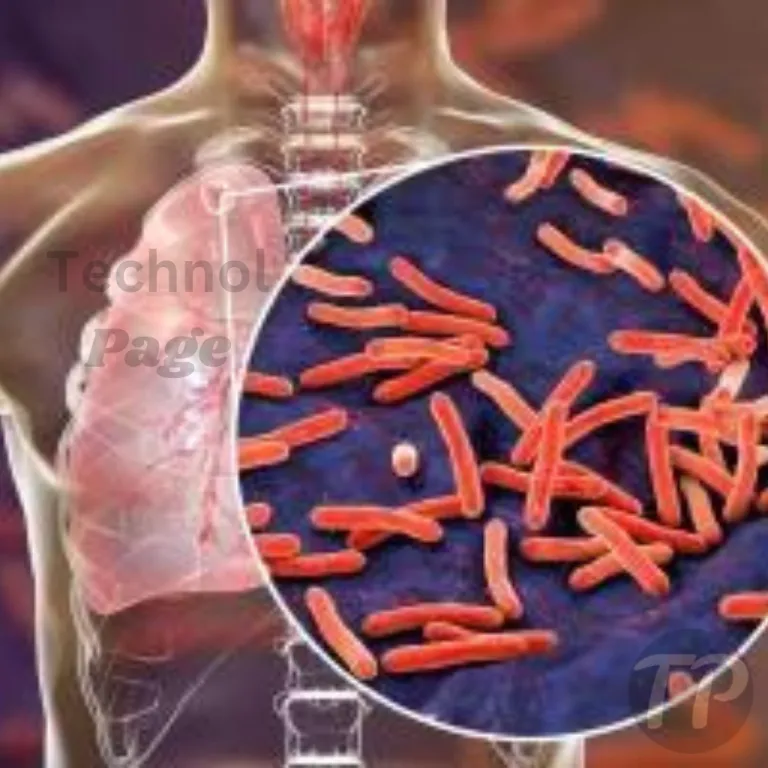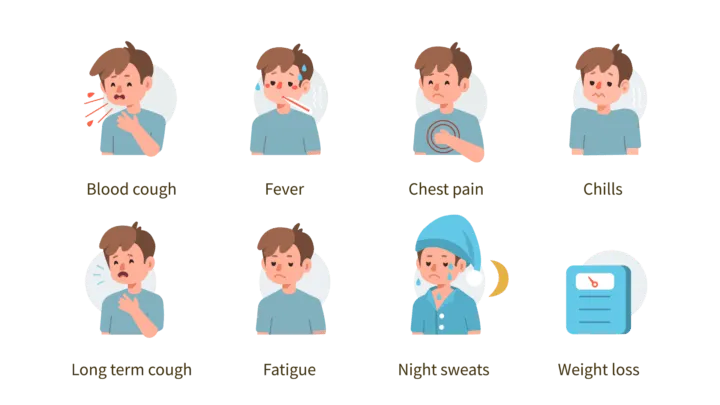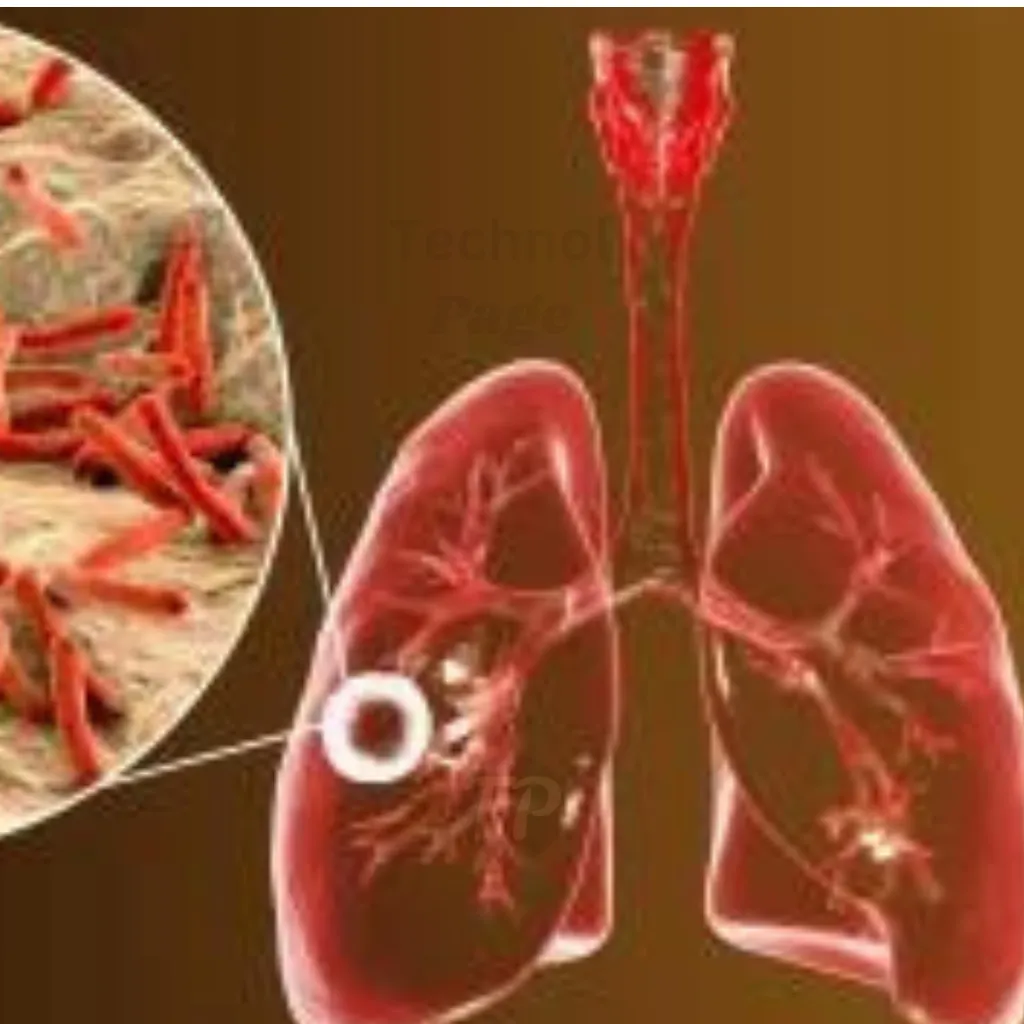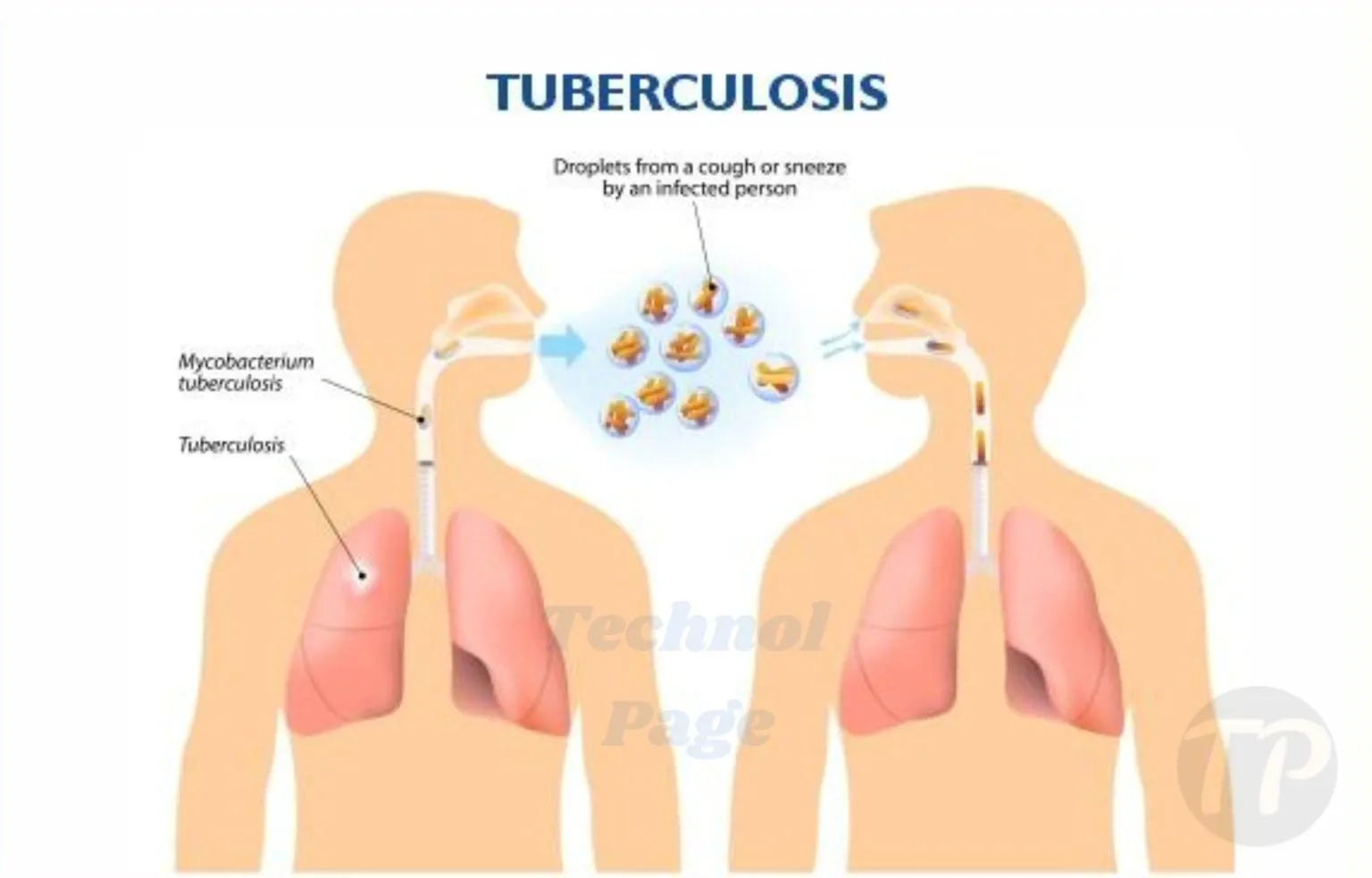Table of Contents
What is Tuberculosis, How does it Occur and How to Treat it?

Introduction
What is Tuberculosis
Tuberculosis is life-threatening and can be fatal if not treated timely. The disease can occur in different parts of the body, although the most common type of TB is that which occurs in the lungs. Pulmonary TB can spread from one person to another through coughs and sneezes. It is caused by a bacterium called Mycobacterium tuberculosis. Is. People who already have a serious disease like AIDS, diabetes are more likely to get this disease. People who have low immunity are more likely to get this disease from an infected person.
Types of Tuberculosis
There are many types of tuberculosis but here we will tell you about some of the major types which develop rapidly and spread rapidly or we will talk about those which have the highest number of cases.
1).Active Tuberculosis
Bacteria are multiplying in your body as a result of this ailment, and you are also affected by its symptoms. If you have active tuberculosis, you could infect others with it. In this case, the infected individual becomes unwell, displays all of the TB symptoms, and has the potential to spread the virus to other people.
2).Latent TB
This is a condition in which the bacteria are present in your body but are dormant and do not produce TB symptoms. This particular TB infection is not spread by others. However, depending on the person’s general health, this form of TB may become active at any time. Treatment is therefore required in order to stop the spread of TB, even in cases of latent TB. Although the bacteria is present in your body in this scenario, your immune system prevents it from becoming active. The disease is not contagious and has no symptoms when it is latent. Latent tuberculosis, however, has the potential to develop into active tuberculosis.
We will discuss further about its two types now.
1).Pulmonary Tuberculosis
This type of T.B. Affects our lungs. This type is mostly seen in children and elderly people.
2).Extrapulmonary Tuberculosis
From the lungs, it can spread to the bones, kidneys, and lymph nodes, among other locations. Patients who are immunocompromised are more likely to get this kind of tuberculosis.
We have learned about the types of Tuberculosis, now we will know about its causes and symptoms.
Symptoms of Tuberculosis
You may experience many symptoms when you have tuberculosis. Its symptoms include:

1. Loss of Appetite
2. Bleeding with Mucus
3. Unexplained Fatigue
4. Lung Infection
5. Persistent Cough
6.Having Fever
7.Having a Cough for more than three weeks
8.Breathlessness
9.Having trouble Breathing
10.Fever increases during the evening
11.Severe Chest Pain
12.Sudden Weight Loss
Although tuberculosis usually affects the lungs, it can also harm the kidneys, spine, and brain. In this ailment, the affected organ determines the symptoms. In some circumstances, the disease can even spread outside the lungs. This includes the brain and nerves (nervous system), tiny glands, bones and joints, digestive system, urine bladder and reproductive system, and nervous system.
Their symptoms are as follows :
1). Persistent swelling of glands
2). Having diarrhea
3). Stiff back
4). Pain and loss of function in the affected bone
5). To be confused
6). Persistent headache
7). To be in a coma
Due to Tuberculosis
Tuberculosis may result from a variety of illnesses. When a tuberculosis sufferer sneezes, coughs, or spits, the bacterium that causes the disease spreads through the air on his exhaled breath. Even healthy people can readily contract these bacteria since they can live in the air for long periods of time.
There are numerous conditions that can lead to the TB disease. The TB bacteria multiplies and harms the lungs when it enters through the breath. The immune system of the body stops it from spreading, but as this defence becomes less effective, the risk of acquiring TB rises. The risk of tuberculosis can be decreased if basic precautions are performed while paying attention to its root cause.
Those who are more vulnerable to contracting TB include :
1]. Individuals who have interacted with pulmonary TB sufferers
2]. Those who provide TB care to patients
3]. People who work in hospitals, nursing homes, homeless shelters, jails, and drug treatment centres
4]. Those who reside in places with high TB rates
5]. Elderly individuals, small children, and infants with weakened immune systems
6]. Drug users, particularly those who abuse IV drugs
7]. Those infected with the virus
8]. Individuals with head and neck cancer
9]. TB patients who are already ill but are not receiving proper care, especially newborns and small children
10]. Individuals who have undergone any kind of transplant
11]. Renal patients
12]. Individuals receiving immunosuppressive treatment
How to avoid tuberculosis?

There are numerous causes of tuberculosis infection. However, the risk of tuberculosis can be diminished and even avoided with the use of several preventative measures. To prevent TB, you can follow these tips :
1}. Immediately see a doctor if the cough lasts more than two weeks.
2}. Avoid being close to someone who has tuberculosis, and if you must, wear a mask.
Never use a patient’s handkerchief, oilcloth, mattress, or other personal items if they have tuberculosis.
3}. Cover your mouth with a handkerchief and get away if someone is coughing close to you.
4}. When visiting a patient with tuberculosis, make sure to properly wash your hands and lips.
5}. Consuming foods high in fibre, calcium, vitamins, and minerals helps to boost the immune system.
Diagnosis
The doctor will first do a physical examination to identify TB. He or she checks your lymph nodes and uses a stethoscope to listen to the noises your lungs make when you breathe.
If necessary, he might ask you to continue based on his findings.
1}. Skin Test : A chemical called PPD tuberculin is injected just beneath the skin on the inside of your arm during a skin test. If you have TB, there will be a significant, hard, red swelling at the injection site after 48 to 72 hours.
2}. Blood test : A blood test is performed to find out if the patient has TB germs in their system. Blood testing cannot, however, determine if a patient has latent TB infection or whether it has developed into an active TB infection.
3}. CT scan : Compared to X-rays, a CT scan offers more detailed images. A CT scan can demonstrate the degree of harm a TB child has caused to your immune system or, in the event of current TB, to your lungs.
4}. Sputum test : This is carried out by coughing up some mucus and analysing it. When a person has T.B. It can be delivered to him if it is registered.
5}. Chest X-ray : A chest X-ray can reveal the degree of lung injury and indicate whether more testing is required.
TB Treatment
There are numerous ways to treat tuberculosis. We shall attempt to learn more about the treatment for tuberculosis in detail below.
Antibiotic use for at least six months is the primary TB treatment. You might also need to take steroid medication for a few weeks if your TB has gone to your brain, spinal cord, or the region around your heart.
Disclaimer:-
This article contains general information about medical conditions, treatments, and home remedies. The information provided on the article is purely for general reading, and is not the result of in-depth research or tests conducted in laboratories. The information provided here is not medical advice, therefore it is not intended to replace a physician’s consultation, and should not be considered a substitute for medical diagnosis or treatment from your doctor, or any other licensed health care professional. The suggestions given in the article are for general information only and should not be taken as professional medical advice. Consult your doctor if you have any questions or concerns.
You have read this blog completely and with great attention ,This is our sentiment. If you have any questions regarding the content of our website, you can contact us.
Please visit us :- To know more about our website, please visit our About Us and Disclaimer page.
Thanks





